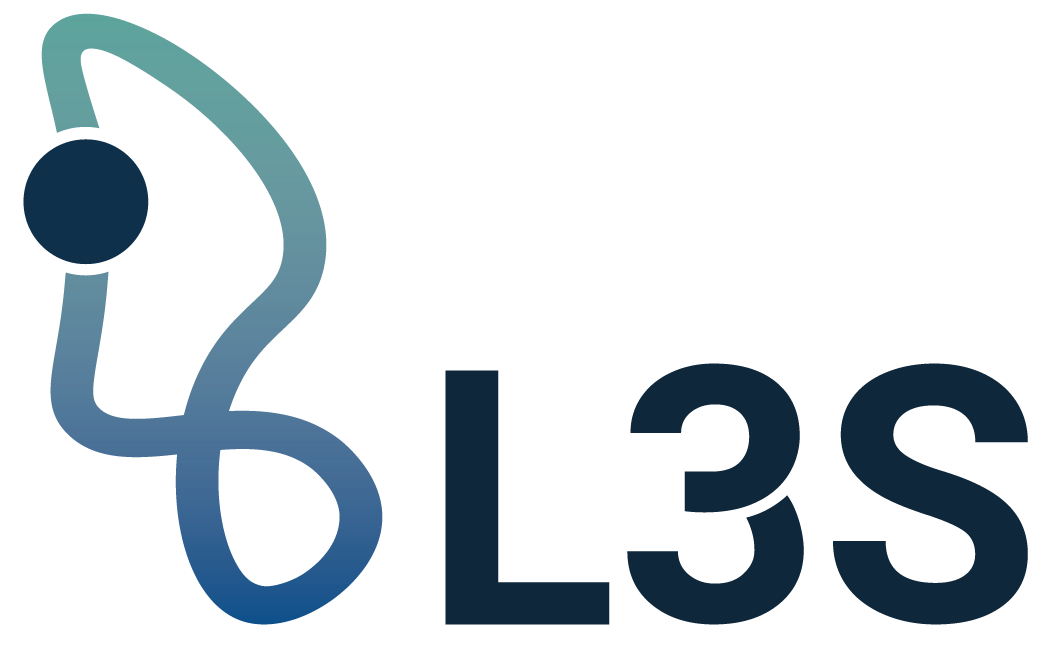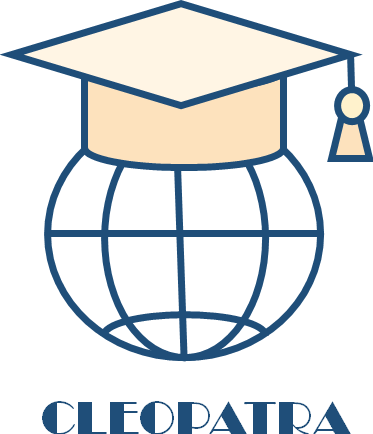|
so:text
|
Over and above the specific theorems created by men such as Desargues, Pascal and La Hire, several new ideas and outlooks were beginning to appear. The first is the idea of continuous change of a mathematical entity from one state to another... a geometrical figure. It was Kepler, in his Astronomiae Optica of 1604, who first seemed to grasp the fact that parabola, ellipse, hyperbola, circle, and the degenerate conic consisting of a pair of lines are continuously derivable from each other. ...The notion of a continuous change in a figure was also employed by Pascal. He allowed two consecutive vertices of his hexagon to approach each other so that the figure became a pentagon. In the same manner he passed from pentagons to quadrilaterals.
The second idea to emerge from the work of the projective geometers is that of transformation and invariance. To project a figure from some point and then take a section of that projection is to transform the figure to a new one. The properties... of interest are those that remain invariant under transformation. Other geometers of the seventeenth century, for example, Gregory of St. Vincent... and Newton, introduced transformations other than projection and section. (en) |

